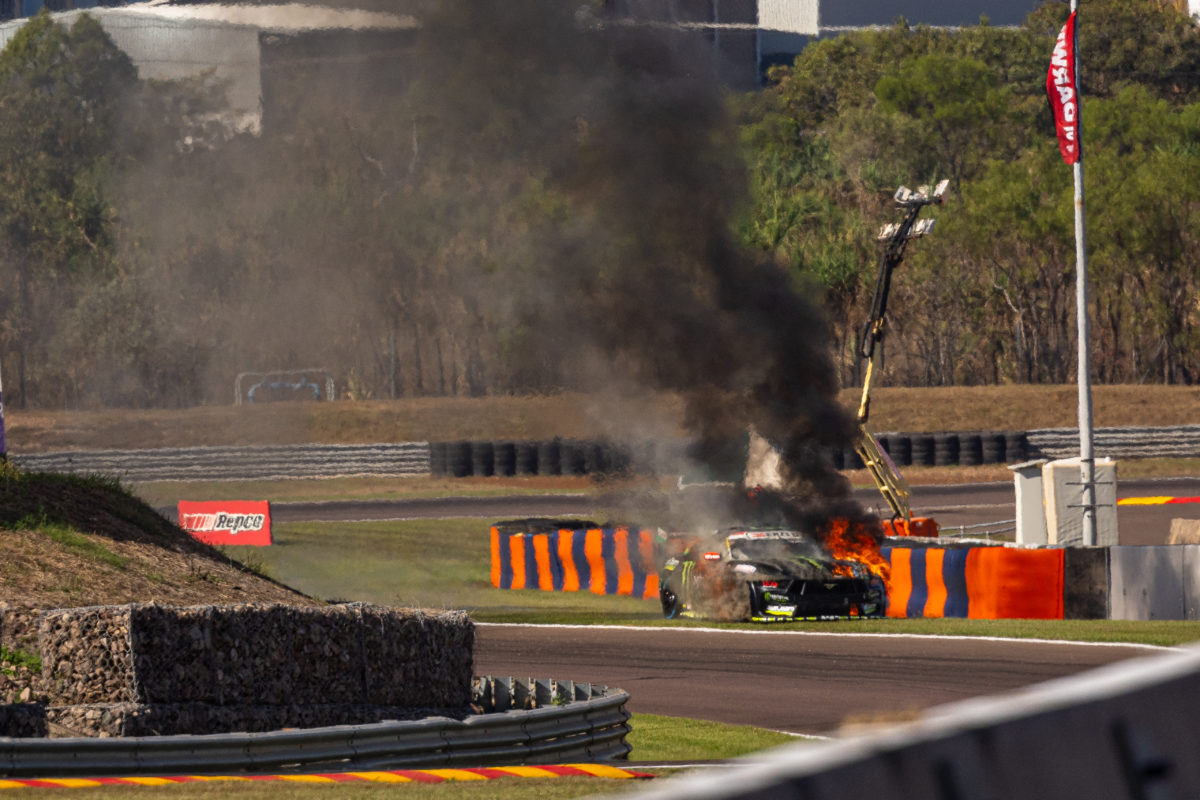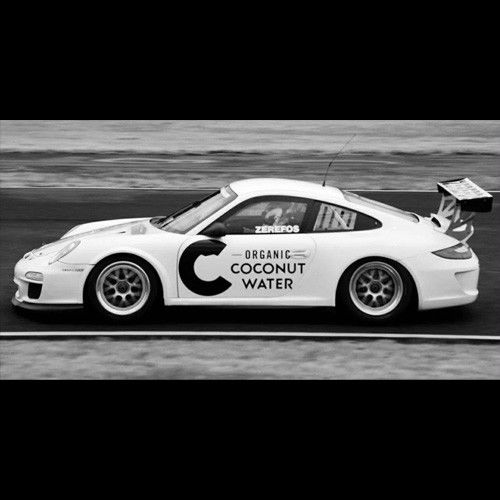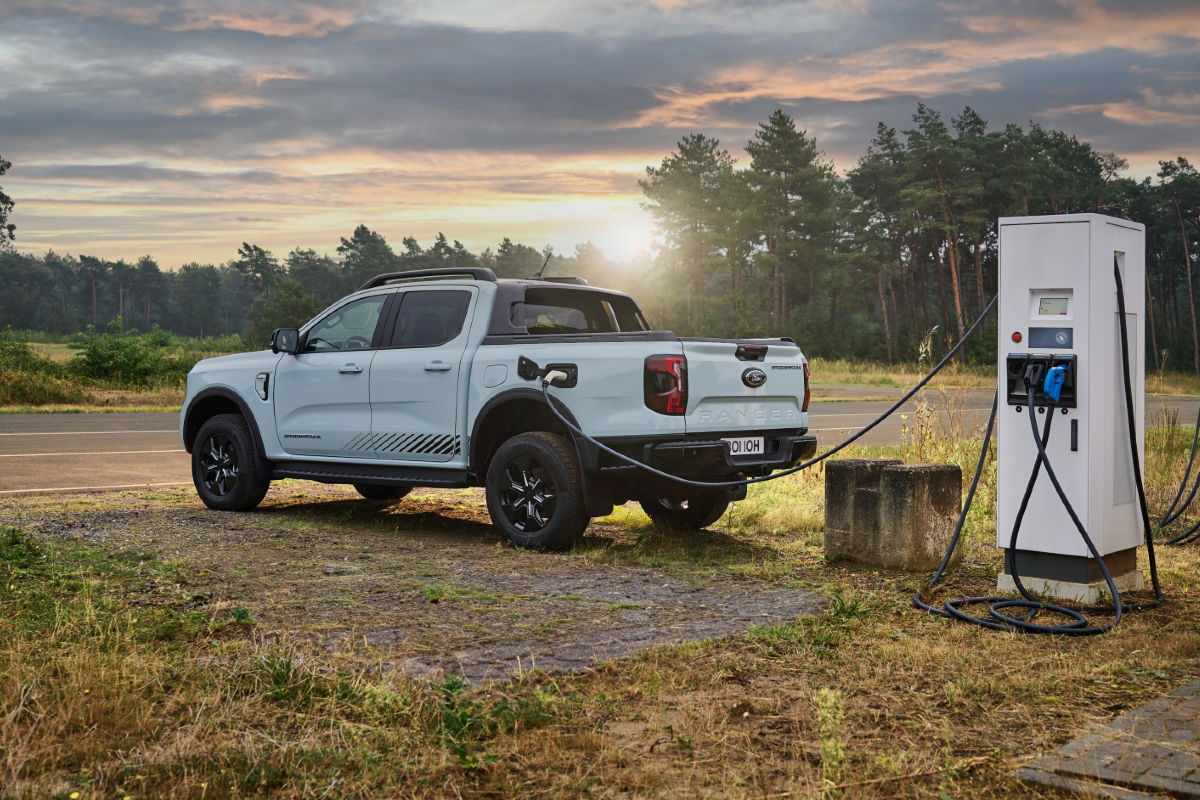

Cam Waters will run the second of his two allocated engines for the Townsville 500 after fire sidelined his #6 Monster Energy Mustang while leading Race 13 in Darwin, interrupting the planned engine strategy ahead of Sandown and Bathurst.
While damage to the 5.4L Ford V8 was limited, with no reported impact on its internals, the incident has forced an engine strategy change at Tickford Racing which will see the second engine used for Waters’ Mustang.
“This obviously upsets the plans for car six, because there was no planned engine change, so obviously we’ll have to come up with a new [plan] – maybe this engine will go in just for Townsville and come back out, and his original engine will go back on for Tailem Bend,” Tickford Racing Team Principal, Tim Edwards, told Speedcafe.
The spare/second engine is still yet to run, but the Tickford boss says that the reliability seen in Gen3 so far means it’s a non-issue.
“It’s not a concern, no – no concern there. Obviously it’s not ideal, because you’ve only got two engines per car and you want to try and time the rebuilds so they’re out of sync with other engines, so you’ve got a fresh-ish engine in for Bathurst.”
This year’s Gen3 regulations see competitors allocated two engines per season, with the goal of reducing costs through greater longevity, meaning fewer rebuilds.
The first engine aboard Waters’ Mustang when it caught fire – caused by a loose fuel fitting – had been in use since the first pre-season testing in February, meaning that it had chalked up in the vicinity of 4,000-5,000 competitive kilometres.
The goal of Gen3 from an engine perspective was a mid-life ‘refresh’ set for between 4,000 and 5,000km of mileage, with a full rebuild at 10,000km, compared to around 5,000km for a complete rebuild in the previous Gen2 S550/FN Ford Mustang and ZB Holden Commodore Supercars.
Outfits such as Tickford, which built and maintained its own 5.0L Ford V8s for the previous Mustang and Falcon Supercars, are no longer responsible for maintenance, given Gen3’s mandated single engine supplier per make.
Herrod Performance looks after the Ford 5.4L V8s while KRE Race Engines is responsible for the 5.7L Chevrolet units, but whereas Tickford was responsible solely for its own four Supercars, Herrod and KRE now have 22 and 28 powerplants (not including additional wildcard entries) respectively to contend with.
That means that across the field, engine rebuilds must be planned to avoid a mass of Supercars V8s arriving on either engine supplier’s doorstep.
“So everybody’s worked out their plans on how they’ll rotate their two engines for each car for the year, and you know, you work with the engine suppliers to make sure that fits in, because they can’t have 10 engines turn up on one day,” Edwards said.
Waters’ Darwin engine will now be treated to its refresh, which includes consumables such as spark plugs and other items, while the second engine powers the #6 Mustang for the NTI Townsville 500 on July 7-9.




















Discussion about this post